
Remembering D-Day
2014 is the 70th anniversary of D-Day. From the first sketchy German radio broadcast to the distribution of images filmed in color, it has taken decades for the full story of the D-Day invasion to come out. At the time, the reporting, filming and taking of photos was neither easy nor straightforward. Photographs by Robert Capa who was embedded with U.S. troops on Omaha Beach, took more than an week for his images to reach American news.
Section:Picture story
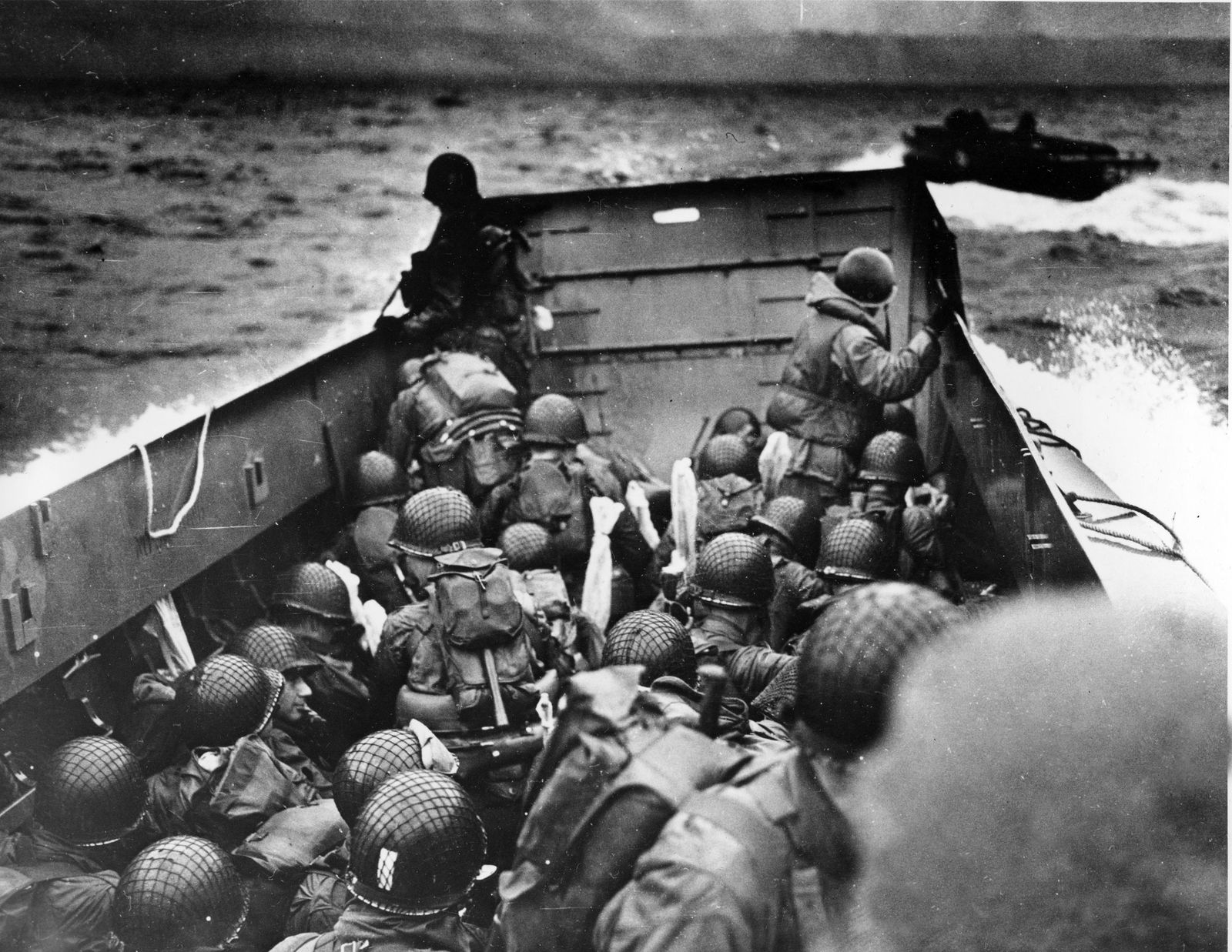
In this June 6, 2014 file photo, allied troops crouch behind the bulwarks of a landing craft as it nears Omaha Beach during a landing in Normandy, France.
U.S. Coast Guard Associated Press
Associated Press
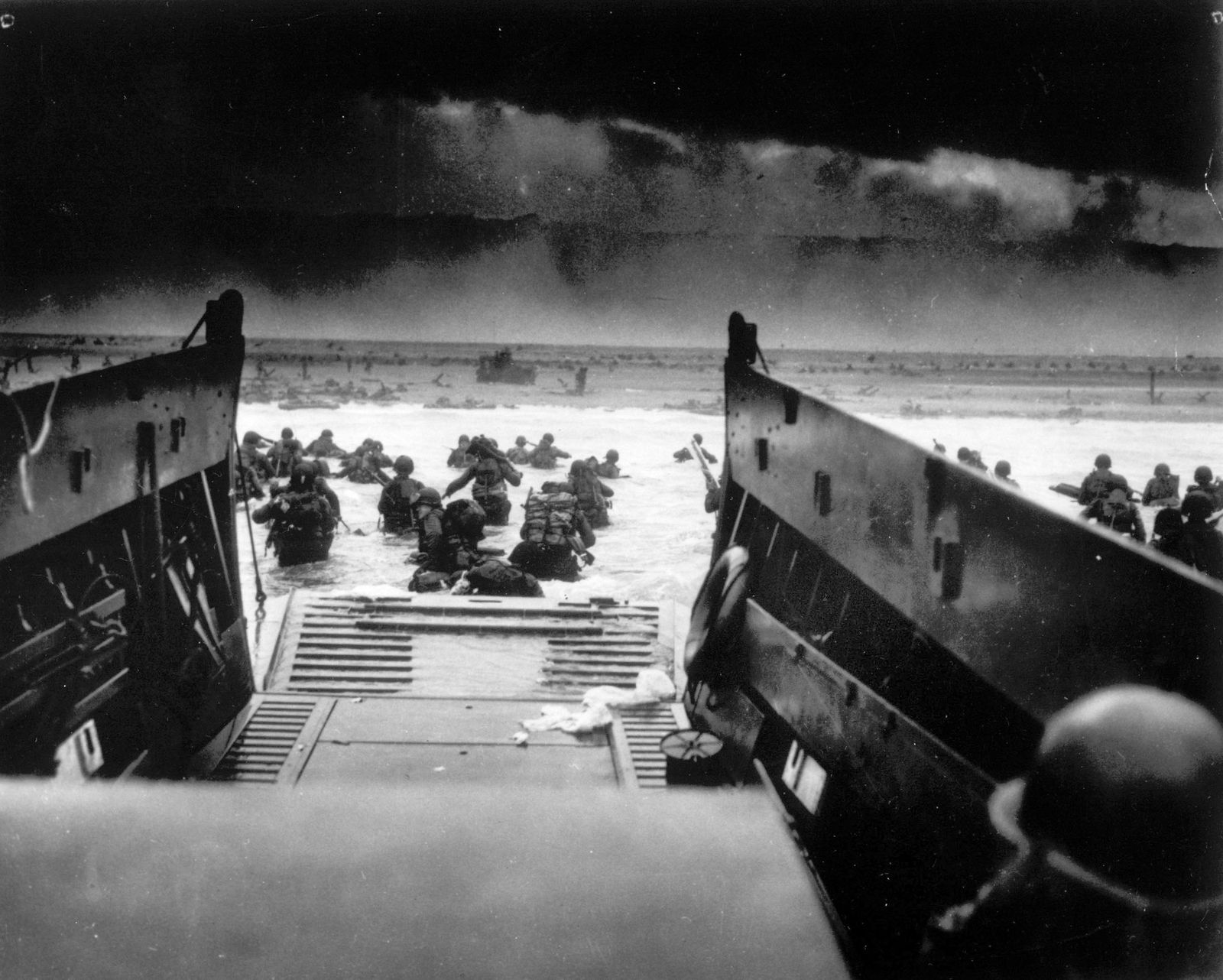
American troops under heavy machine gun fire wade ashore from a U.S. Coast Guard landing craft in this June 6, 1944 file photo, during the start of “Operation Overlord” - the Allied invasion of Normandy. The name of the military operation was chosen by British Prime Minister Winston Churchill.
Associated Press
Associated Press
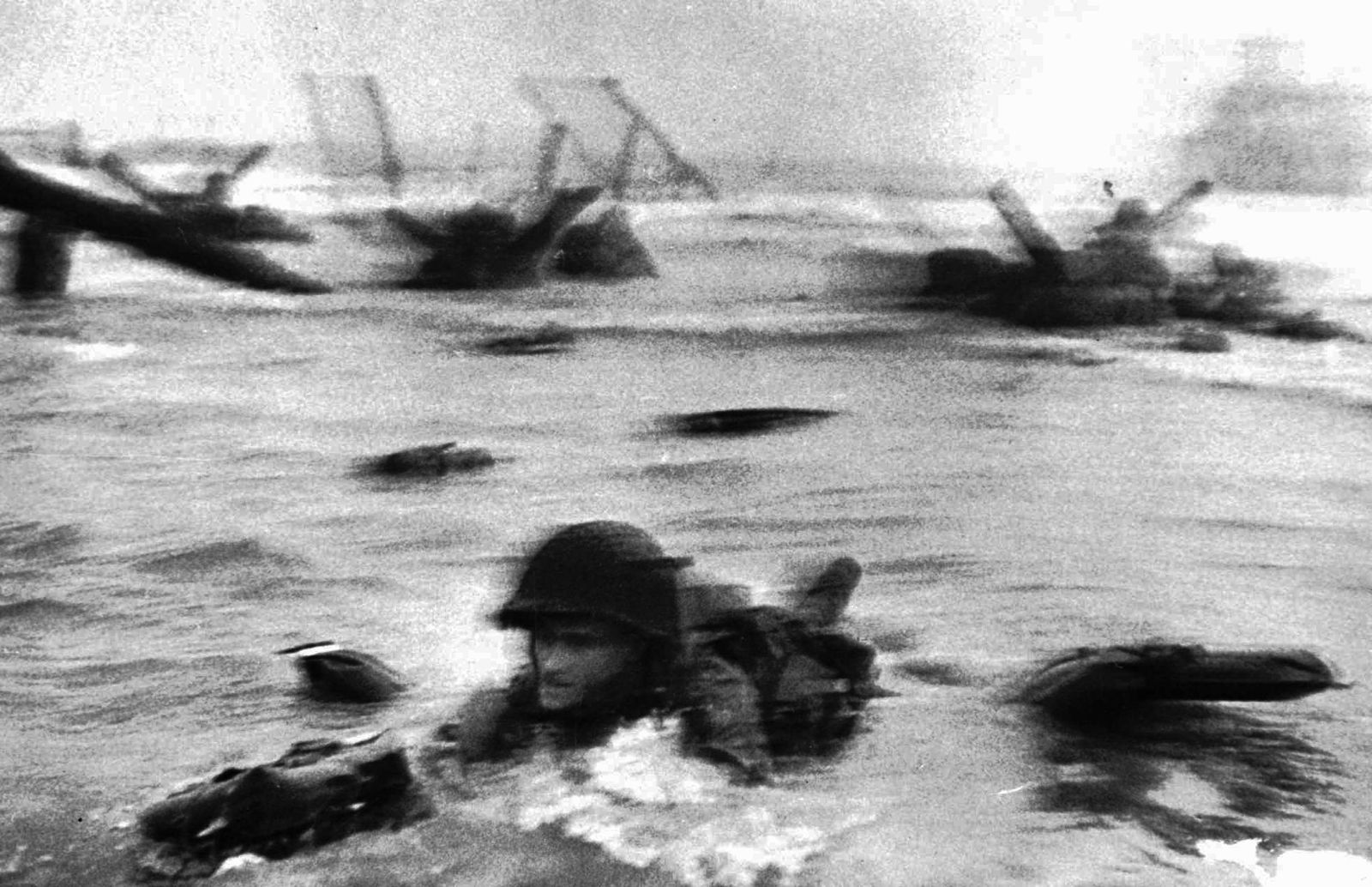
An American soldier wades through water under heavy artillery and machine-gun fire to reach the beach on the Normandy coast of France, June 6, 1944.
Robert Capa/Files-Wartime Pool Associated Press
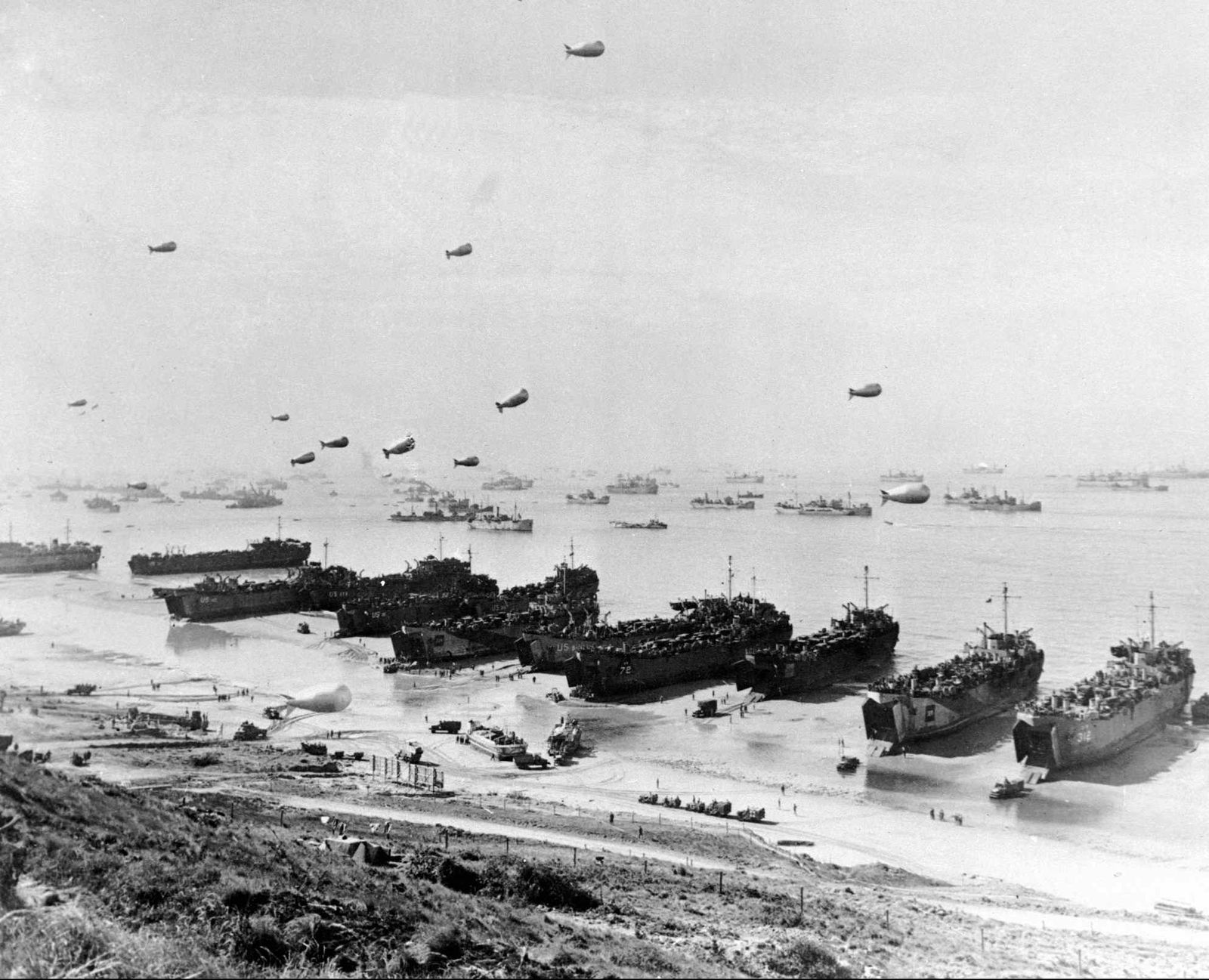
This was the scene along a section of Omaha Beach in June, 1944 during Operation Overlord, the code name for the Normandy invasion during World War II. Large landing craft put troops and supplies on shore at Omaha, one of five invasion beaches. In background is part of the fleet of 2,727 ships that brought the allied troops from Britain. In the air are barrage balloons, designed to entangle low-flying attack aircraft in their cables.
Associated Press
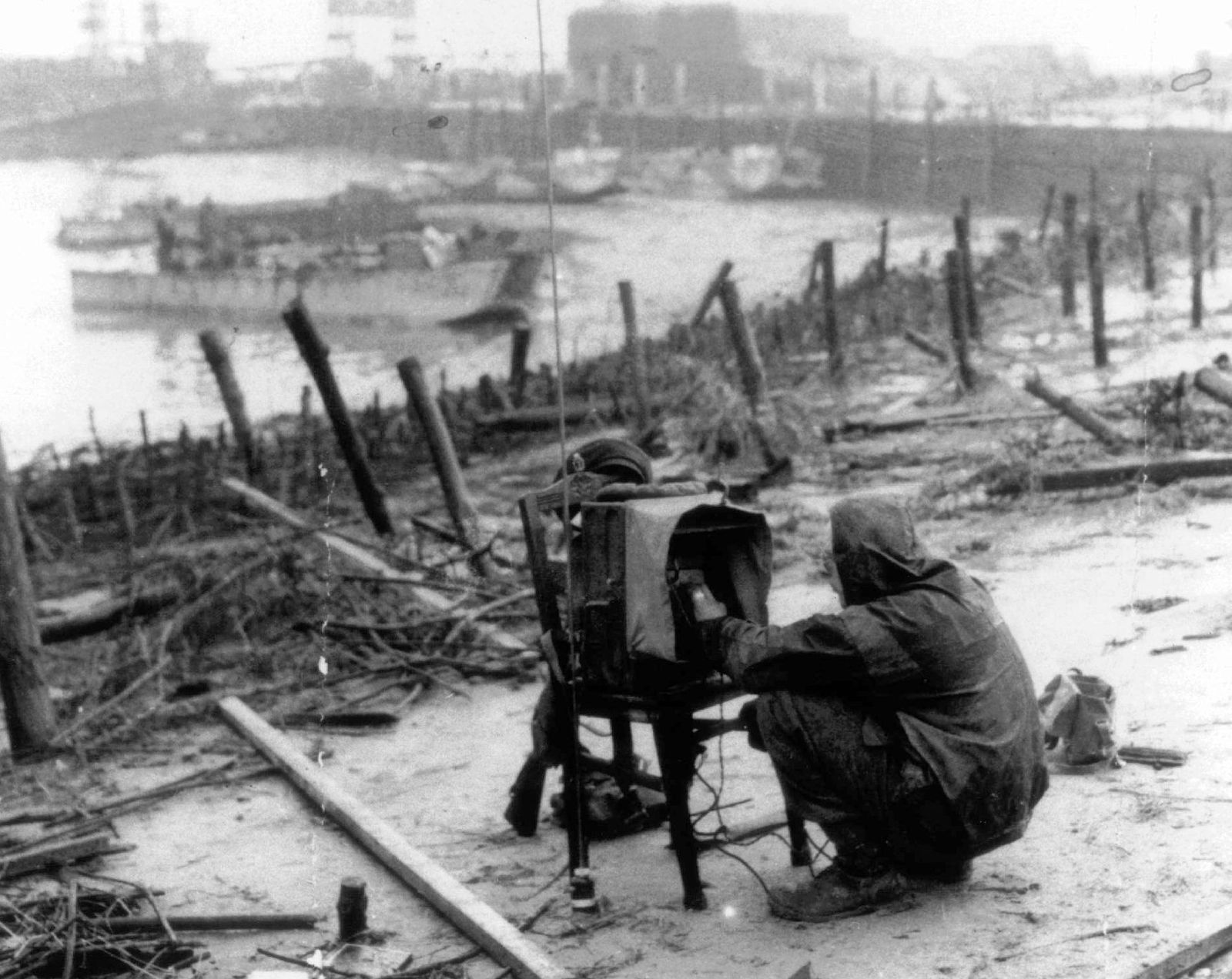
On the Normandy, France beachhead, a lone soldier sets up his radio on an abandoned dining room chair, in this file picture taken shortly after the D Day invasion on June 6 1944.
Edward S. Worth Associated Press
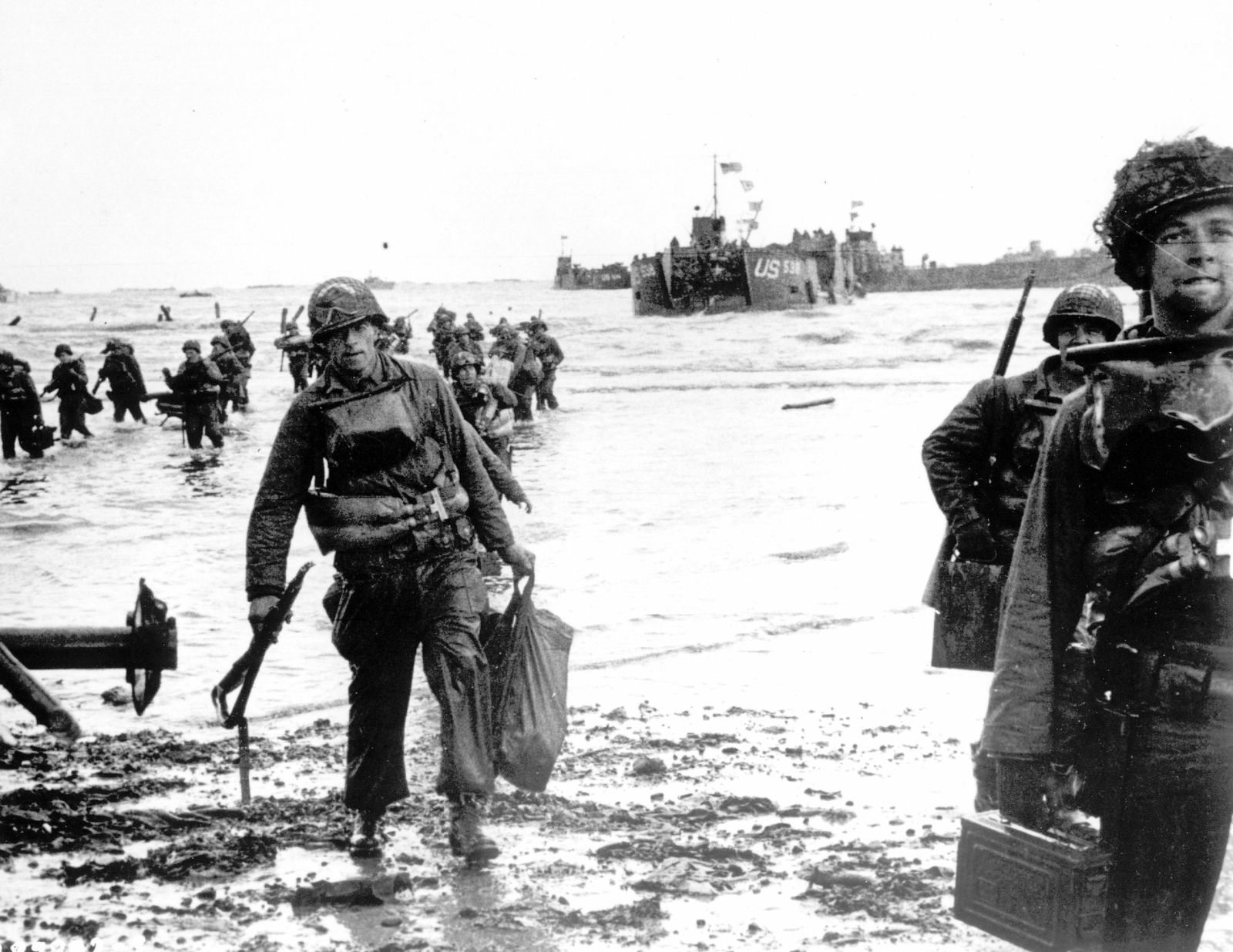
Carrying full equipment, American assault troops move onto a beachhead code-named Omaha Beach, on the northern coast of France, in this June 6, 1944 file photo, during the Allied invasion of the Normandy coast.
Associated Press
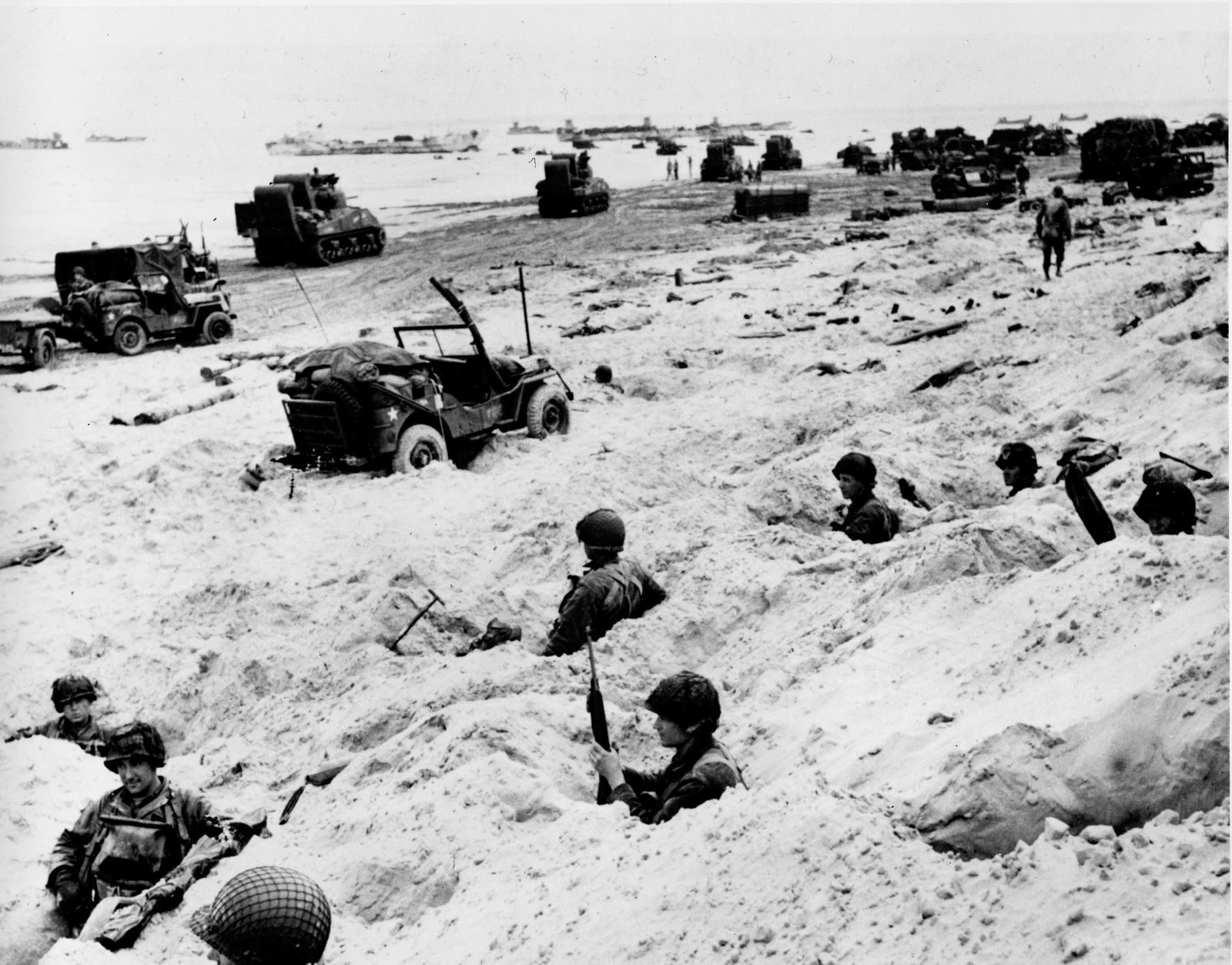
This June 6, 1944, file photo shows American soldiers of the Allied Expeditionary Force securing a beachhead during initial landing operations at Normandy, France, June 6, 1944.
Weston Hayne Associated Press
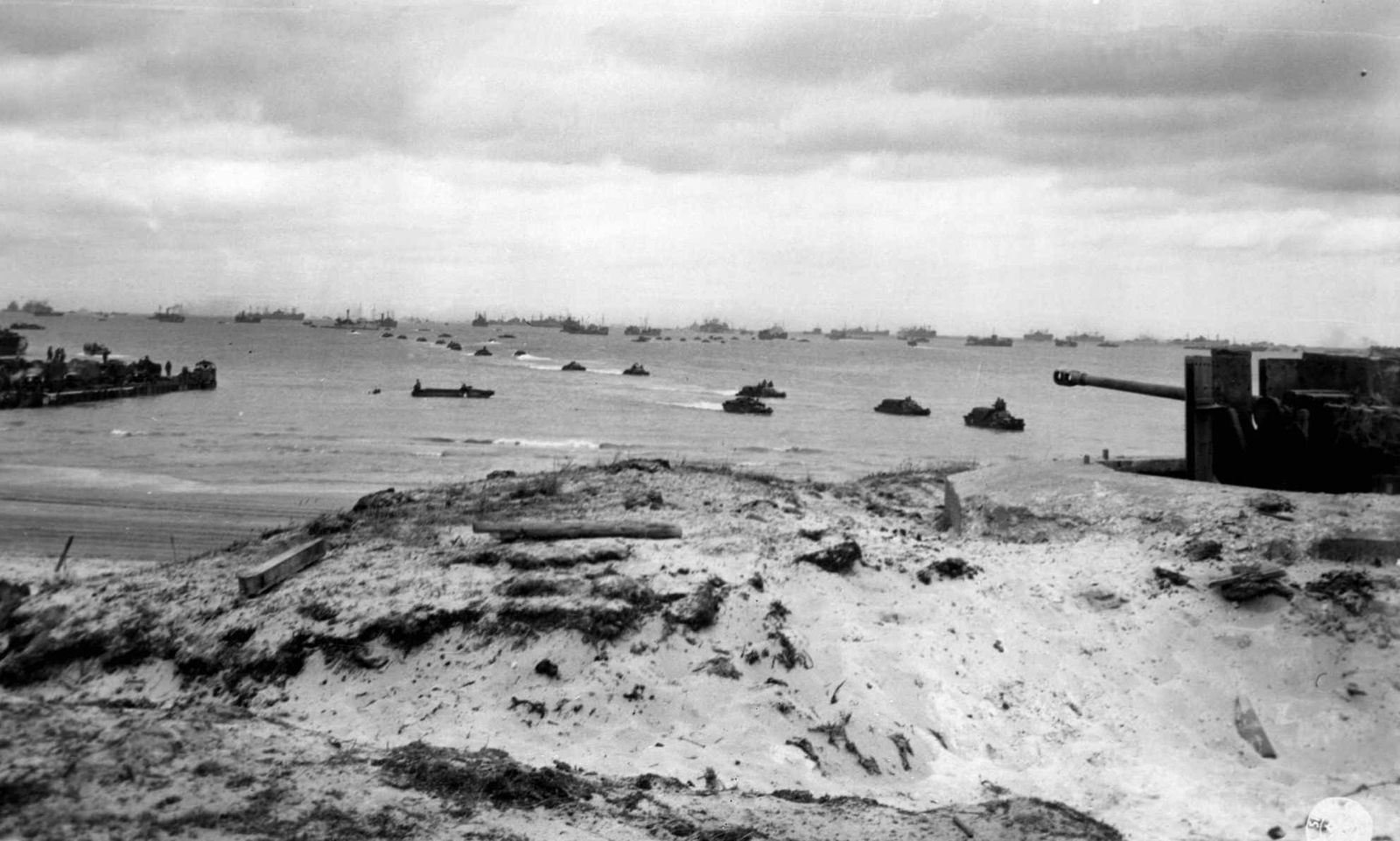
A steady stream of supplies arrives at a Normandy, France, beachhead with small craft lined up from supply ships on the horizon in June 1944. At right is a German 77-mm gun, captured intact during the June 6 Allied D-Day invasion.
Files-Wartime Pool Associated Press
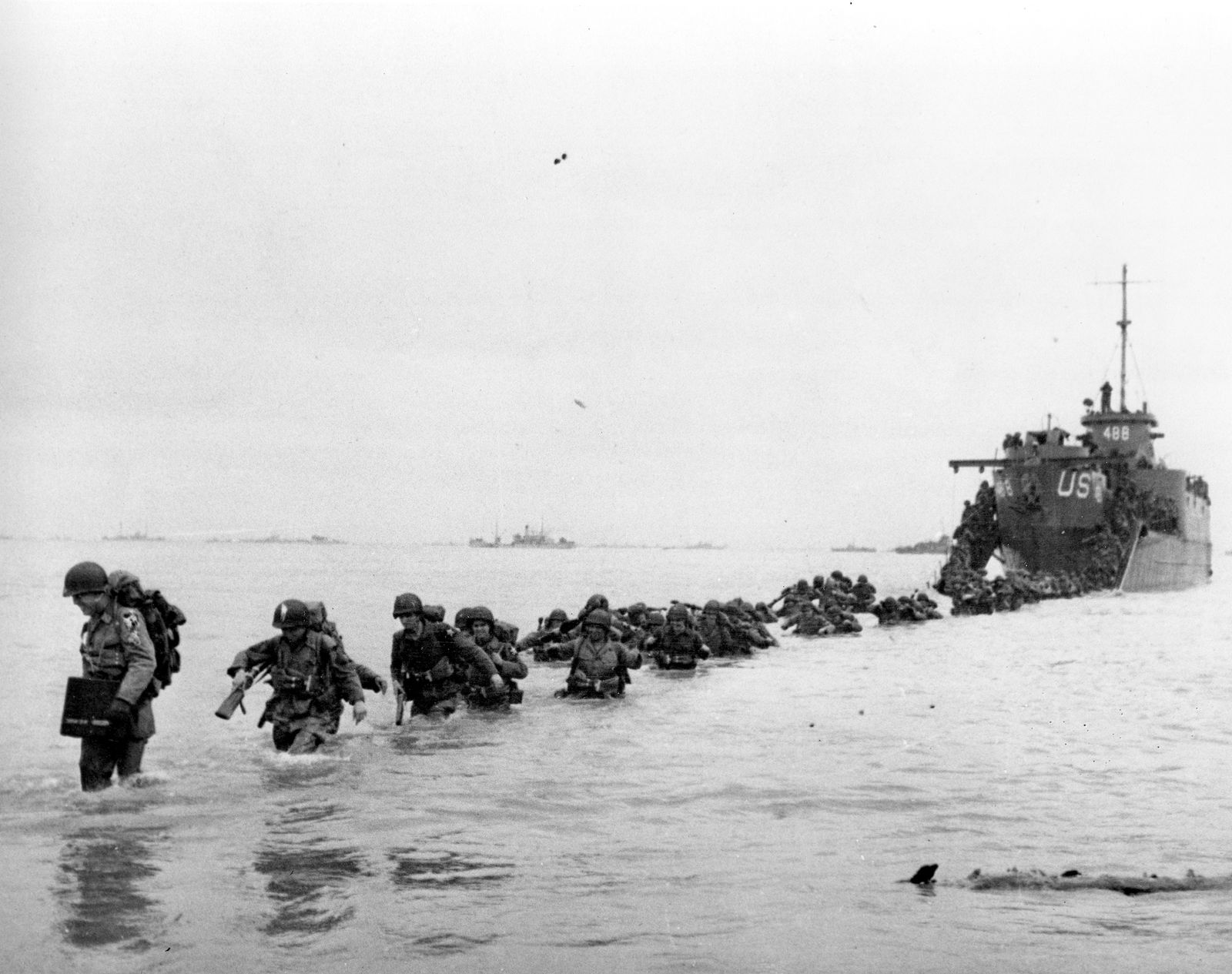
U.S. reinforcements wade through the surf from a landing craft in the days following D-Day and the Allied invasion of Nazi-occupied France at Normandy in June 1944 during World War II.
Bert Brandt Associated Press
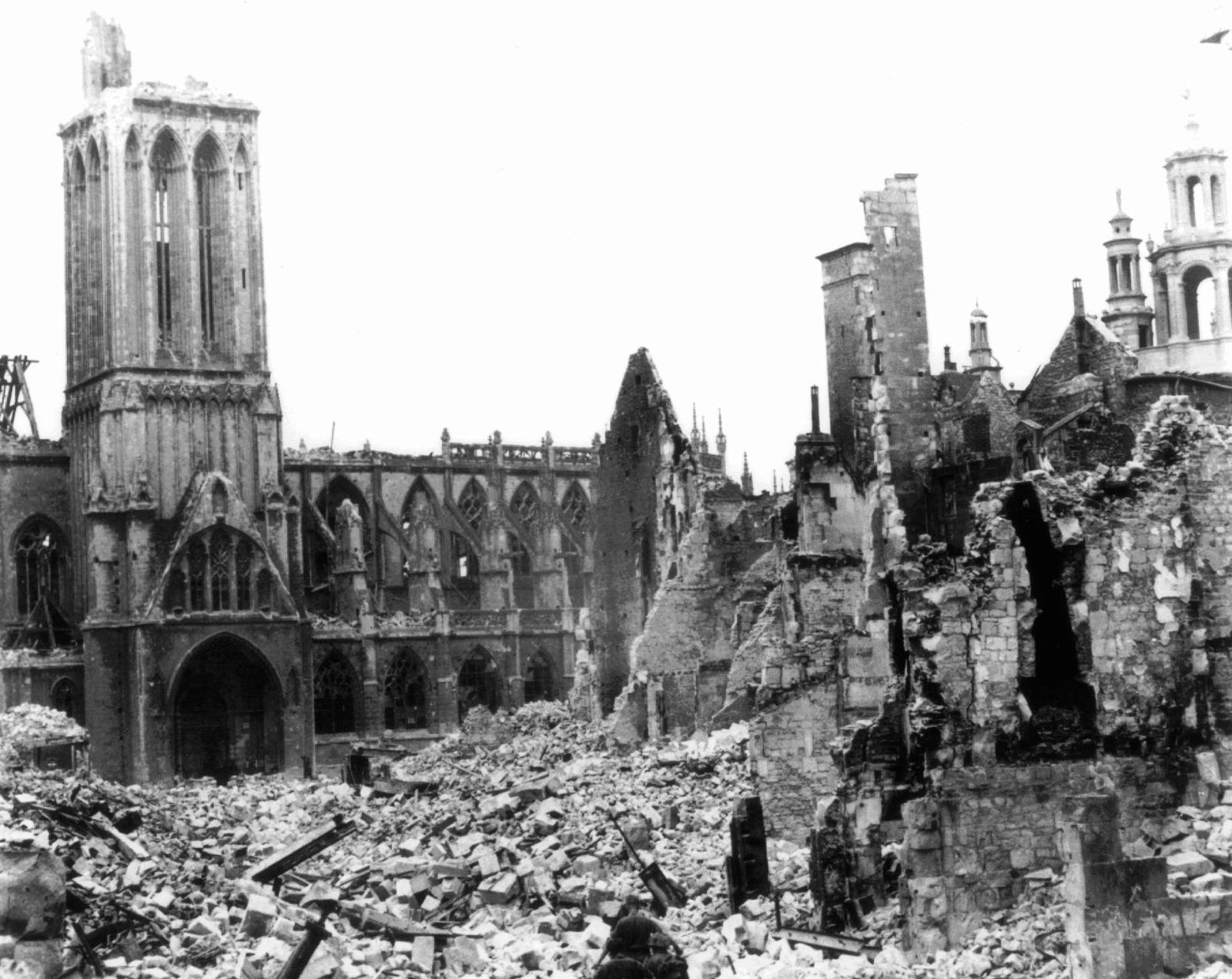
St. Peters Church, Caen, Normandy, France, seen here in this June 1944 file picture.
Edward S. Worth Associated Press
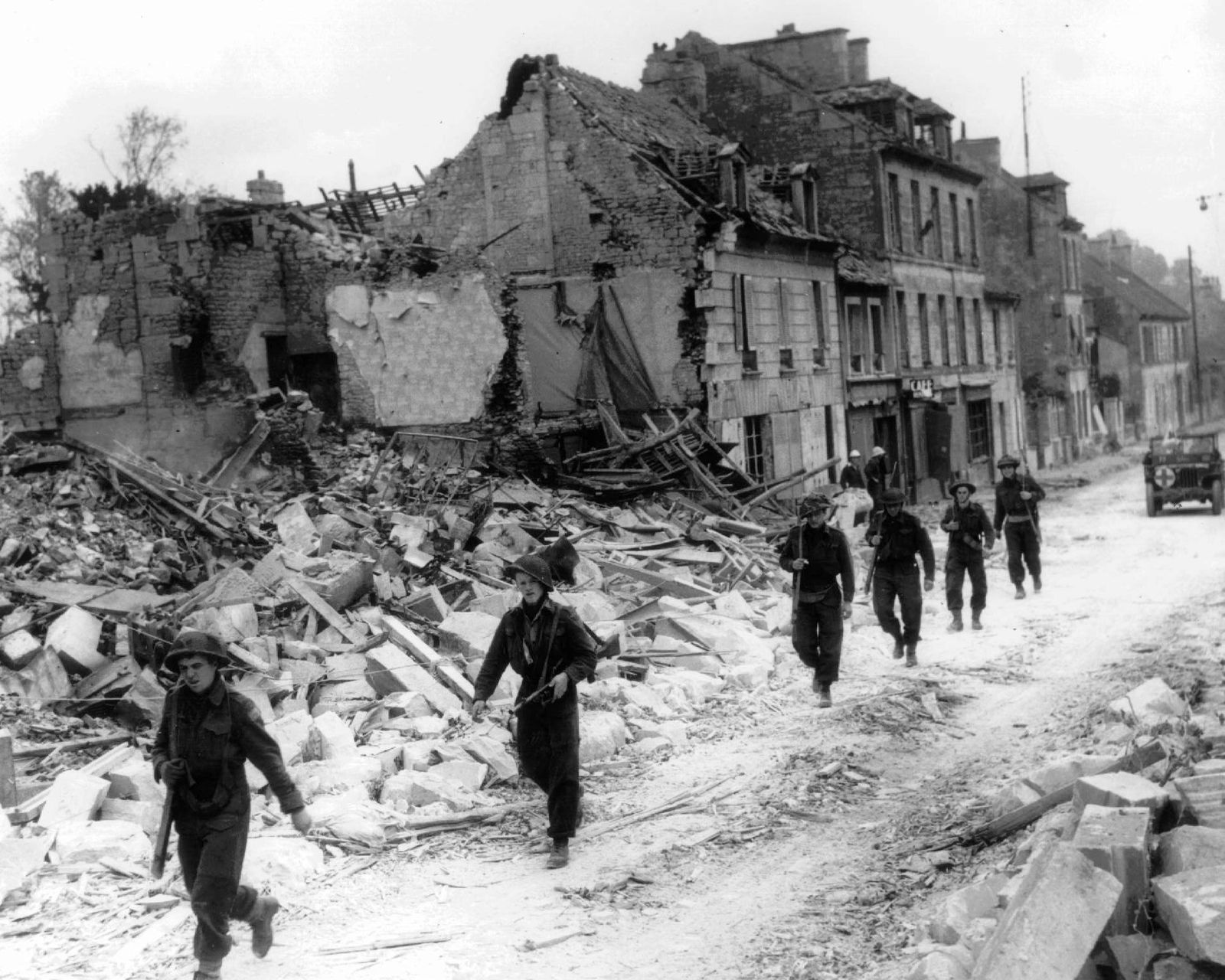
Entering from the west side of town troops file through Caen, France in this June 1944 file picture.
Edward S. Worth Associated Press
Share on Social Media